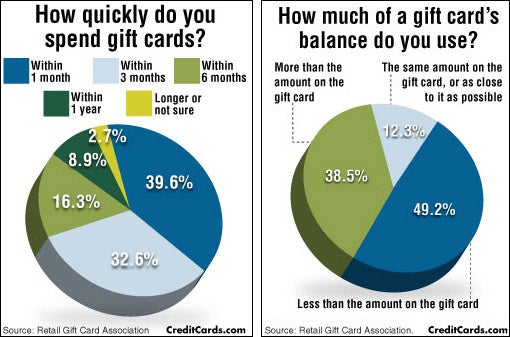The conference started with a frank discussion on the decline of cut glass and copper wheel inscription in the UK. The different variables that added to their decline were recognized and feasible actions to sustain and cultivate the scene were reviewed.
Toru Horiguchi, a third-generation master of the Edo-Kiriko tradition, demonstrated his proficiency of this cut glass strategy. He was able to convey the relevance of his craft, which is sustained and recognised by the Japanese government.
Significance of light
Personalized glass is just one of one of the most common types of standard Shore Salish art. It is an aesthetic language that symbolizes our connection to the world. Its relevance has actually advanced over time, allowing artists to explore their social identification in cutting-edge means.
Engraving and etching are ancient methods of embellishing glass that have actually long been respected for their virtuosity and workmanship. These strategies were essential to early societies, enabling them to communicate messages of relevance.
Trade routes affected the growth of inscription and decor strategies, exposing artisans to new iconography, motifs, and decorative styles. This diversity contributed to a rich tradition of regional embellishing designs.
For instance, the personalized cup from the 1730s determined its proprietor as a crucial figure in British culture and can signify obligations and concepts, consisting of disobedience and dissent. Nonetheless, by the 1900s engraved and reduced glass was replacing inscribing as the recommended approach of glass designing, although personalized styles still maintained their social relevance.
Meaning of hope
Personalized glass is an old type of ornamental art that has resisted forecasts of obsolescence. It involves shallow rendering on a surface of a glass object, usually with an inscribing wheel or with a diamond-point hand device. It is a part of glass art, which additionally consists of reducing and etching techniques.
Throughout history, trading routes have actually promoted the spread of detailed inscribing layouts. This enabled the consolidation of new iconography and motifs, blending local practices with international creativity.
While these innovations were commonly adopted, engraving remained a specialized ability that calls for considerable craftsmanship. Despite these challenges, modern-day glass engravers remain to look for methods to expand the artistic possibility of this standard method. For instance, Scottish engraver Alison Kinnaird has lately obtained distinctions for her engraved works in public setups like the National Picture Gallery and St Mary's Church. In an interview with Glass Quarterly Hot Sheet, Kinnaird discusses the technological difficulties that her work has encountered and just how she has overcome them.
Importance of strength
The themes and significance engraved on old glass offer clues to the social worths, religions, and regional identifications of previous worlds. Preserving these enhanced artifacts enables modern society to connect with its historic origins and foster gratitude for historical workmanship and artistic resourcefulness.
Old glass engraving strategies included a sophisticated mix of creativity and technical proficiency. Craftsmen utilized sharply sharp tools to incise intricate lines and concepts into molten or cooled down glass surface areas. They also used techniques like acid etching to produce thorough styles with a frosted look.
The interconnectedness of ancient trade routes aided broaden the sophistication of glass design techniques. As an example, this glass goblet inscribed with Chinese-style themes showcases the influence of imported Eastern goods on European attractive styles throughout the 1750s and 1770s.
Haden likewise discussed an unusual and fascinating strategy called diamond factor engraving, which entails scratching the surface of the glass with a hand-held diamond or tungsten carbide factor. She was able to map the beginnings of this method from Edinburgh, Scotland, and demonstrate how it has progressed into Japanese fine-cut glass, which is special to Japan.
Symbolism of area
The symbols that compose a community's society are a powerful resource of identity, enveloping complicated ideas and feelings. These signs are made use of to strengthen a sense of belonging, strengthen links among area members, and advertise common values. They can be located in clothes, art work, and also branding. They also offer to reinforce a feeling of identity and heritage, and are often inscribed into glass things and buildings.
Ancient glass inscriptions showcase the technical developments and imaginative sensibilities of previous people. They offer understandings into social values, faiths, and regional identifications, and illustrate just how geographical and social contexts influenced the calligraphy styles for glass advancement of ornamental styles.
As an example, a glass cup made in England between 1750 and 1770 was covered with intricate Chinese-style concepts that show the social impact of imported Asian items at the time. Today, preservation techniques such as mindful cleaning and combination aid support and preserve engraved glass artefacts by lessening physical anxiety on them.
